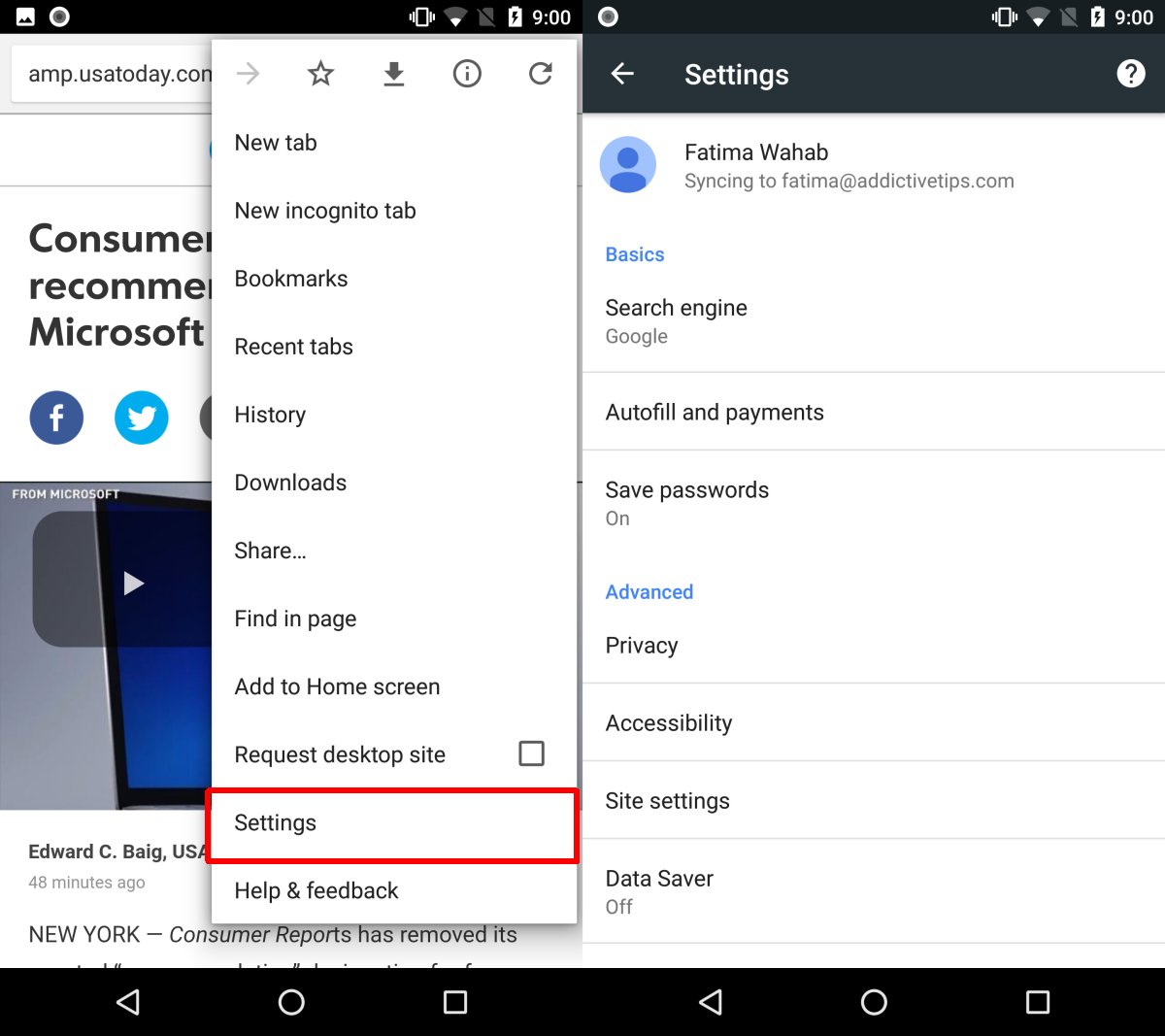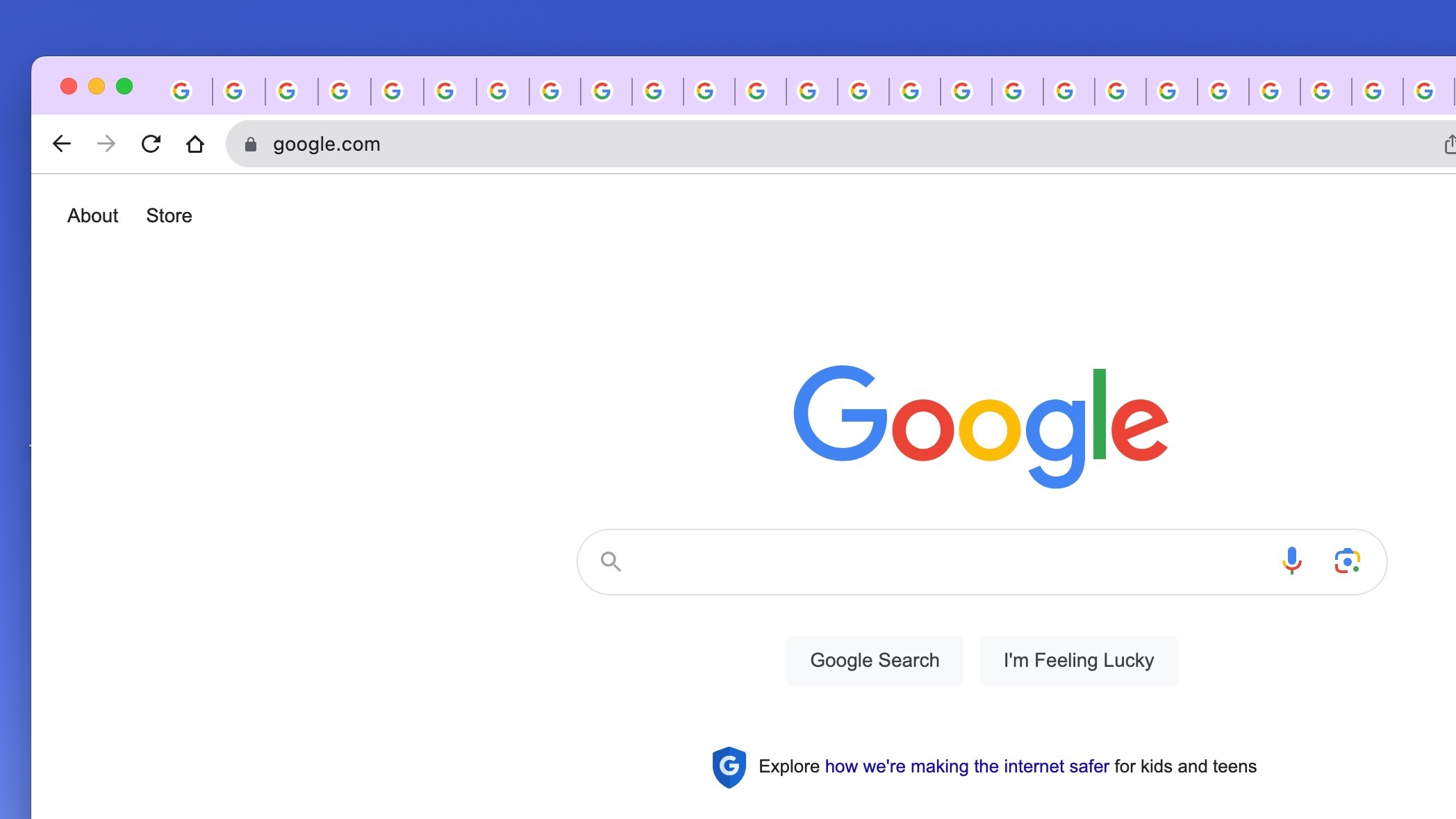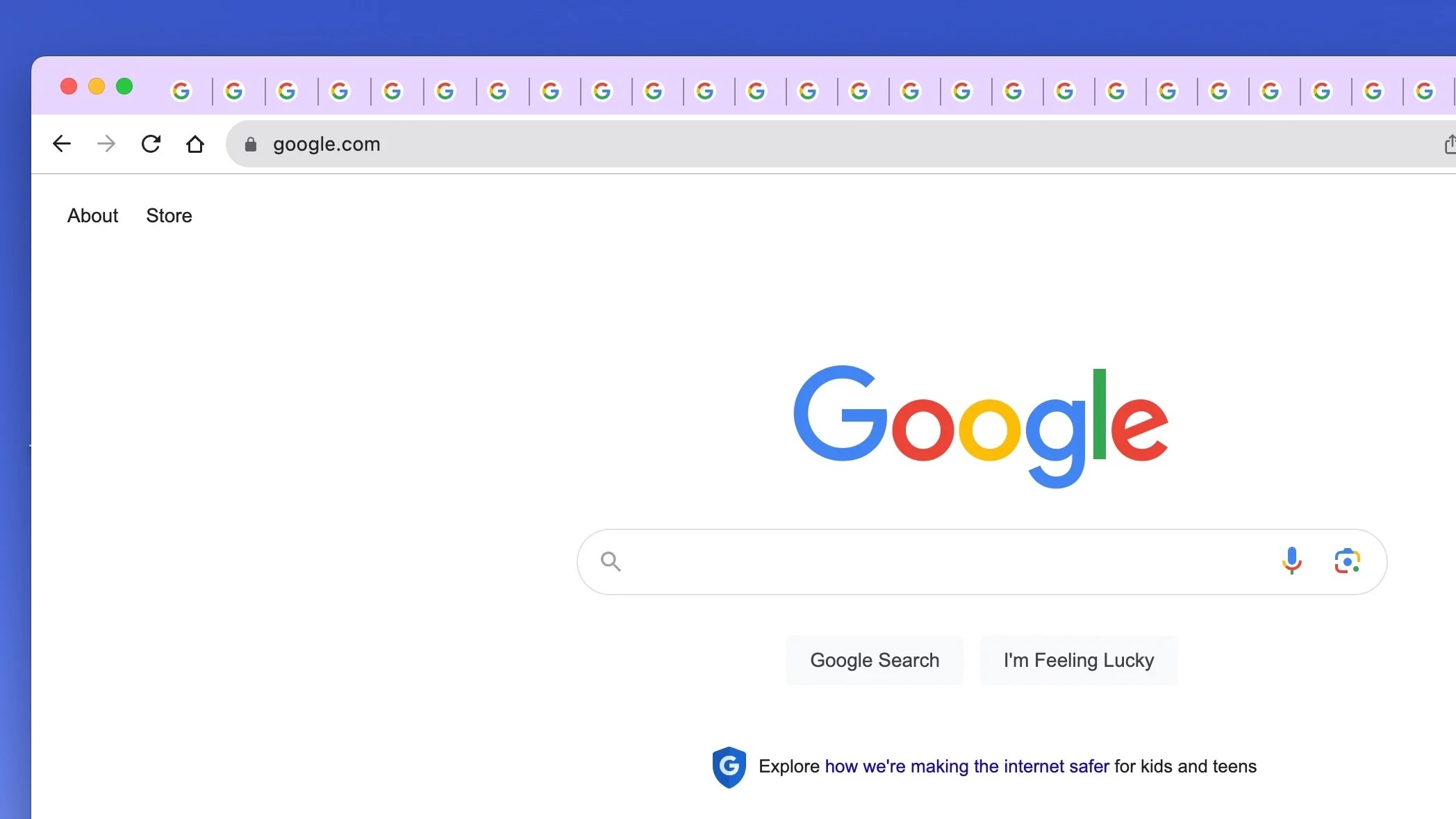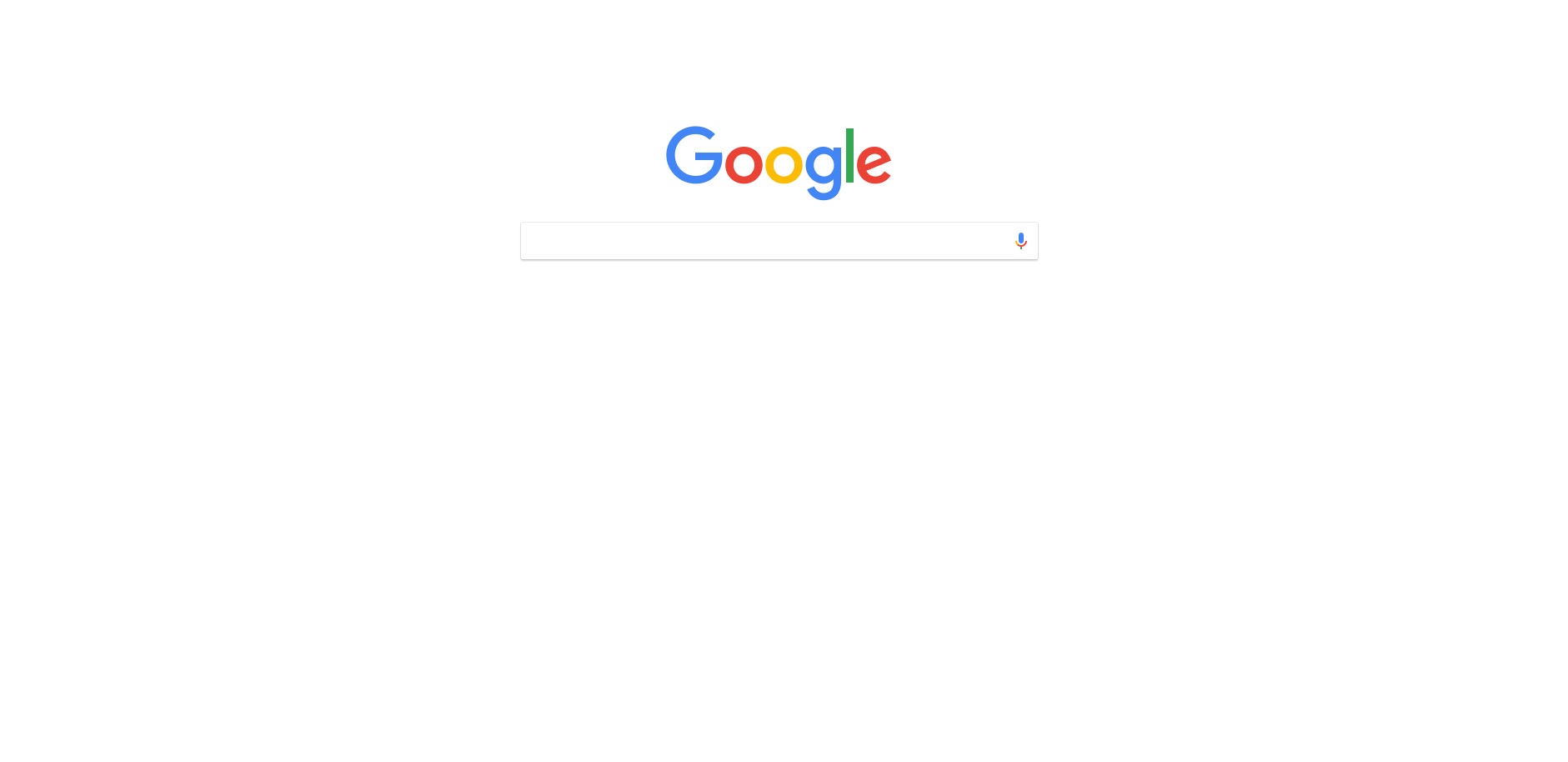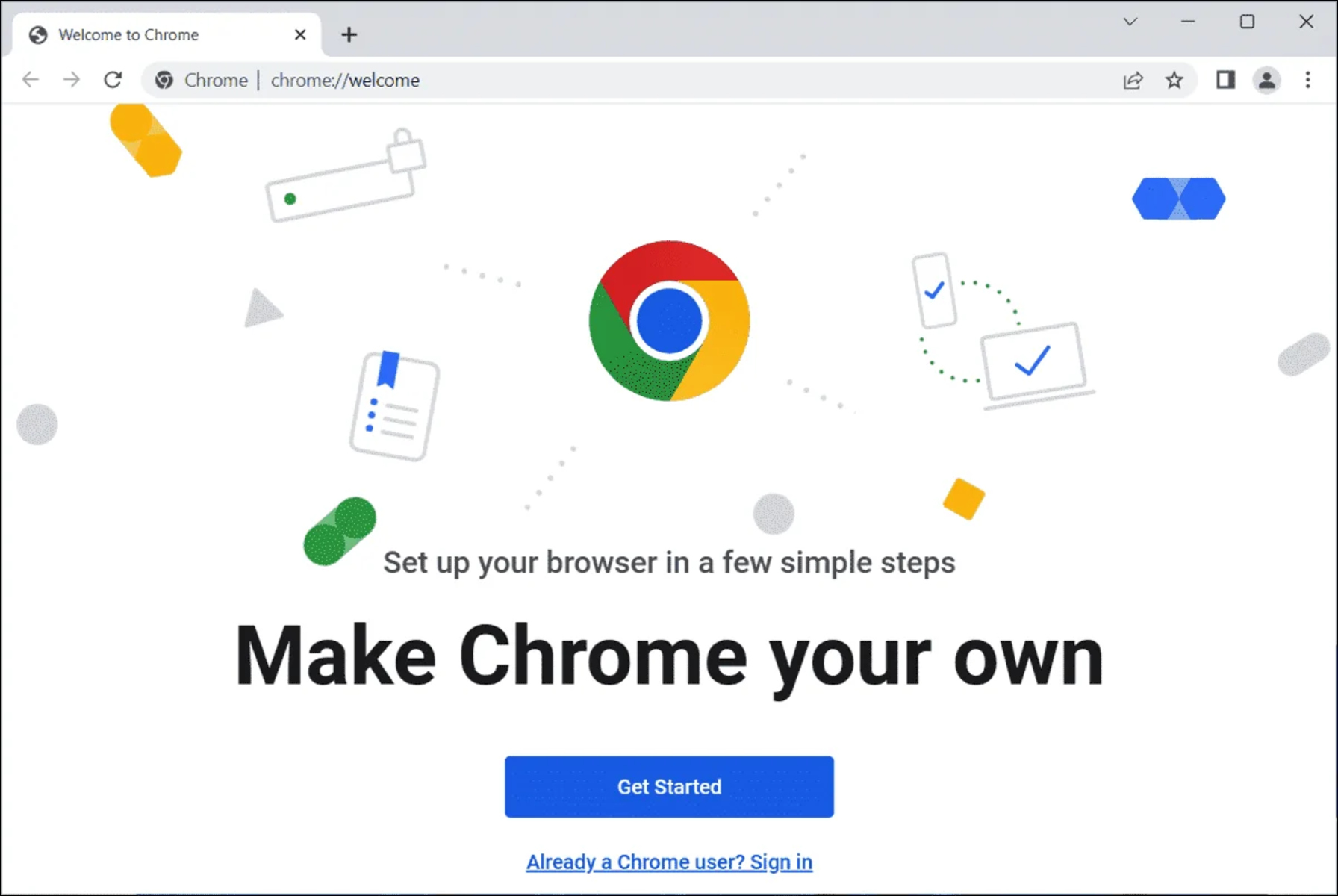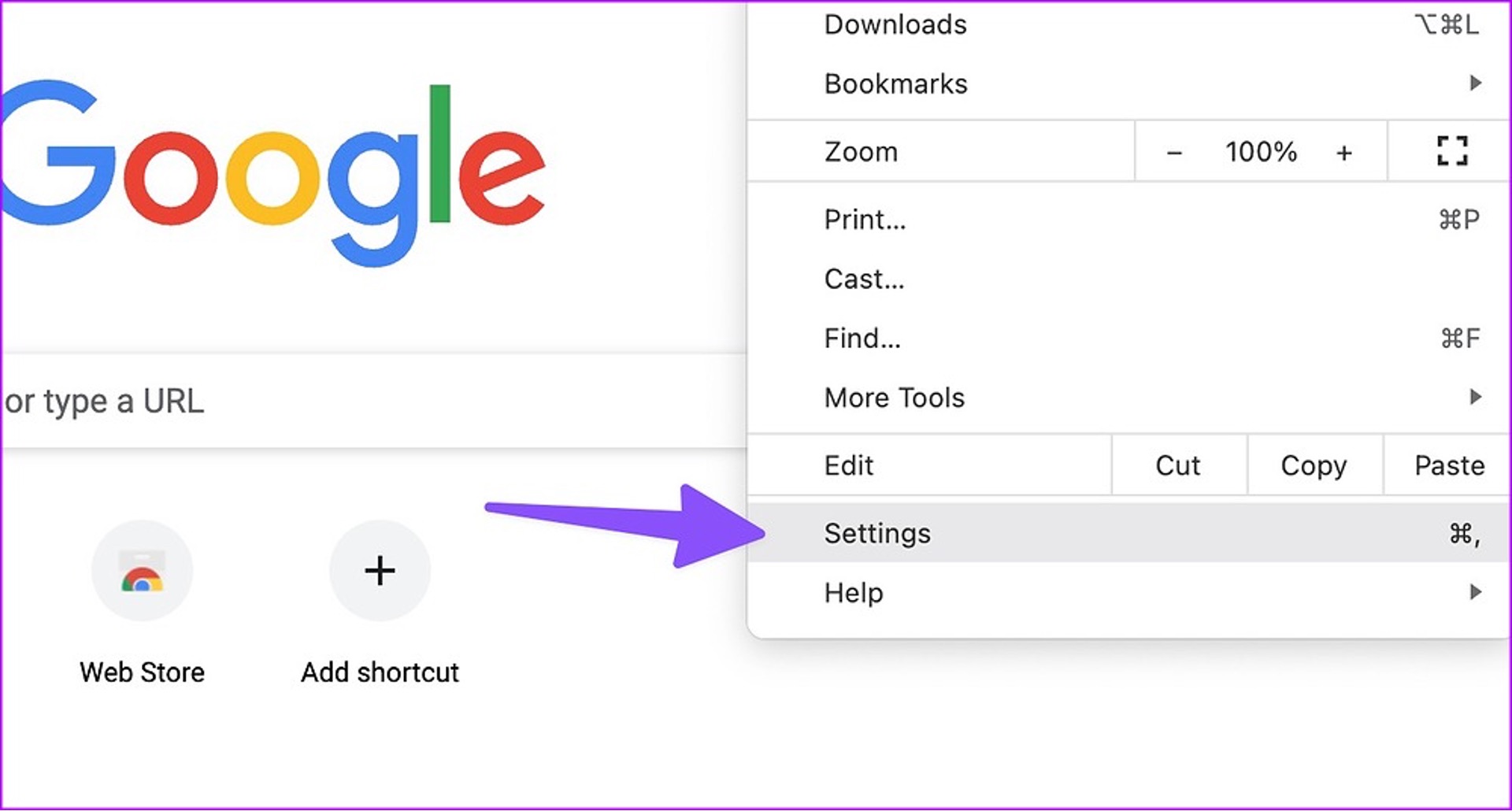Introduction
Setting up tabs to automatically open in Chrome can significantly enhance your browsing experience by allowing you to access your favorite websites with just a single click. This feature is particularly useful for individuals who regularly visit specific websites, such as news outlets, social media platforms, or productivity tools. By configuring Chrome to open specific pages upon startup, you can streamline your workflow and effortlessly access the content that matters most to you.
Whether you're a news enthusiast who wants to stay updated with the latest headlines, a social media aficionado who wishes to quickly check notifications, or a professional who relies on specific web applications for work, customizing your Chrome tabs can save you valuable time and effort. Instead of manually navigating to each website every time you open your browser, you can set up Chrome to automatically load your preferred pages, allowing you to dive straight into the content that's important to you.
In this guide, we'll walk you through the simple steps to configure Chrome to open specific tabs automatically when you launch the browser. By following these instructions, you'll be able to personalize your browsing experience and optimize your workflow, ensuring that your most visited websites are readily available whenever you start Chrome. Let's dive into the step-by-step process of setting up tabs to automatically open in Chrome and discover how you can tailor your browsing environment to suit your unique preferences and needs.
Step 1: Open Chrome and go to Settings
To begin customizing your Chrome browsing experience, the first step is to open the Chrome browser on your computer or laptop. You can easily locate the Chrome icon on your desktop or in the applications folder on your device. Once you've launched Chrome, you'll need to navigate to the Settings menu, which houses a plethora of options for tailoring your browsing environment to suit your preferences.
To access the Settings menu, look for the three vertically aligned dots located in the top-right corner of the Chrome window. This icon represents the Chrome menu and serves as the gateway to a wide array of customization and configuration options. Upon clicking the menu icon, a dropdown list will appear, presenting you with various features and settings that you can explore to enhance your browsing experience.
From the dropdown list, select the "Settings" option, which will redirect you to the Chrome Settings page. Here, you'll find a comprehensive range of customization options, including those related to appearance, search engine preferences, privacy and security settings, and more. The Settings page serves as the central hub for managing and fine-tuning your Chrome browser, allowing you to personalize your browsing environment according to your specific needs and preferences.
Upon reaching the Settings page, you'll be greeted by a user-friendly interface that presents the various customization categories in a clear and organized manner. This layout ensures that you can easily navigate through the different settings and features, empowering you to make informed decisions about how you want to configure your Chrome browser.
By accessing the Settings menu and familiarizing yourself with the available options, you'll be well-equipped to proceed with the next steps of setting up tabs to automatically open in Chrome. The Settings page serves as the starting point for customizing your browsing experience, offering a wealth of tools and features that enable you to tailor Chrome to align with your unique browsing habits and preferences.
Step 2: Click on "On startup"
Upon reaching the Chrome Settings page, you'll notice a navigation panel on the left-hand side, which provides quick access to various sections of the Settings menu. One of the key categories within this panel is "On startup," which directly pertains to the behavior of Chrome when it is launched. Clicking on "On startup" will lead you to a set of options that allow you to define how Chrome should behave when you open the browser.
The "On startup" section is designed to empower users with the ability to customize their browsing experience from the moment they launch Chrome. This feature is particularly valuable for individuals who have specific websites or web applications that they rely on for daily tasks, as it enables them to streamline their workflow by ensuring that the necessary tabs are readily available upon opening the browser.
Upon clicking on "On startup," you'll be presented with several startup behavior options. The first option, "Open the New Tab page," is the default setting for Chrome and leads to a blank tab being displayed when the browser is launched. This option is ideal for users who prefer to start with a clean slate and manually navigate to their desired websites or search for content upon opening Chrome.
The second option, "Continue where you left off," is tailored for users who wish to resume their browsing session from where they left off during their previous browsing session. This setting is particularly useful for individuals who frequently work with multiple tabs and want to pick up where they left off without having to manually reopen each tab.
The third option, "Open a specific page or set of pages," is the key setting that allows you to configure Chrome to automatically open specific tabs upon startup. By selecting this option, you can define the exact web pages that you want Chrome to load when you launch the browser, thereby ensuring that your preferred websites or web applications are readily accessible.
The "On startup" section provides a seamless and intuitive interface for customizing Chrome's startup behavior, allowing you to define the browsing environment that best aligns with your needs and preferences. By clicking on "On startup" and exploring the available options, you can take full control of how Chrome behaves when you open the browser, ensuring that your browsing experience is tailored to suit your unique requirements.
In the next step, we'll delve into the process of selecting "Open a specific page or set of pages" and configuring Chrome to automatically load your preferred websites in new tabs upon startup. This step marks the pivotal moment where you can personalize your browsing environment and optimize your workflow by ensuring that your most visited websites are readily available whenever you start Chrome.
Step 3: Select "Open a specific page or set of pages"
Upon choosing the "Open a specific page or set of pages" option within the "On startup" section, you are presented with the ability to define the exact web pages that you want Chrome to automatically load when you launch the browser. This feature empowers you to personalize your browsing environment by ensuring that your preferred websites or web applications are readily accessible from the moment you start Chrome.
Upon selecting "Open a specific page or set of pages," you will encounter the "Add a new page" button, which serves as the gateway to customizing your startup tabs. By clicking on this button, you can begin the process of adding the specific web pages that you want Chrome to open in new tabs upon startup.
This functionality is particularly valuable for individuals who have designated websites that they rely on for daily tasks, such as news outlets, social media platforms, email services, or productivity tools. By configuring Chrome to automatically load these essential web pages, you can streamline your workflow and ensure that the content you need is readily available as soon as you open the browser.
Upon clicking "Add a new page," you will be prompted to enter the URL of the website that you want to open in a new tab upon launching Chrome. This step allows you to specify the exact web addresses of your preferred websites, enabling you to tailor your browsing experience to align with your unique preferences and needs.
After entering the URL of the desired website, you can proceed to click "Add," which will include the specified web page as a startup tab in Chrome. This seamless process enables you to effortlessly customize your browsing environment, ensuring that your most visited websites are readily available whenever you start the browser.
Once you have added all the desired web pages, you can click "Save" to finalize the configuration. This action solidifies your selections and ensures that Chrome will automatically load the specified web pages in new tabs upon startup, providing you with immediate access to the content that matters most to you.
By selecting "Open a specific page or set of pages" and adding the URLs of your preferred websites, you can effectively tailor your browsing experience to suit your unique needs and preferences. This feature empowers you to optimize your workflow and streamline your access to essential web content, ultimately enhancing your overall browsing experience within Chrome.
Step 4: Click on "Add a new page"
Upon reaching the "Open a specific page or set of pages" section within the Chrome Settings, the next pivotal step in configuring tabs to automatically open in Chrome is to click on "Add a new page." This action serves as the gateway to customizing your startup tabs, allowing you to seamlessly add the specific web pages that you want Chrome to open in new tabs upon launching the browser.
Clicking on "Add a new page" initiates the process of specifying the web addresses of your preferred websites, enabling you to tailor your browsing experience to align with your unique preferences and needs. This functionality is particularly valuable for individuals who have designated websites that they rely on for daily tasks, such as news outlets, social media platforms, email services, or productivity tools.
Upon clicking "Add a new page," you are presented with a user-friendly interface where you can enter the URL of the website that you want to open in a new tab upon launching Chrome. This intuitive process allows you to seamlessly add the specific web pages that are integral to your browsing routine, ensuring that they are readily accessible as soon as you open the browser.
The ability to add multiple web pages further enhances the flexibility of this feature, enabling you to customize your startup tabs to accommodate a diverse range of websites and web applications. Whether you rely on news websites to stay updated with the latest developments, social media platforms to connect with friends and colleagues, or productivity tools to streamline your work, the "Add a new page" functionality empowers you to tailor your browsing environment to suit your unique needs.
By seamlessly adding the URLs of your preferred websites through the "Add a new page" feature, you can effectively optimize your browsing experience within Chrome. This process ensures that your most visited websites are readily available whenever you start the browser, streamlining your access to essential web content and enhancing your overall workflow.
In the subsequent step, we will delve into the final actions of clicking "Add" and "Save," which solidify your selections and ensure that Chrome will automatically load the specified web pages in new tabs upon startup. This seamless process further underscores the user-centric design of Chrome, empowering individuals to personalize their browsing environment and optimize their workflow with ease.
Step 5: Enter the URL for the website you want to open in a new tab
After clicking on "Add a new page" in the "Open a specific page or set of pages" section of Chrome Settings, you will be prompted to enter the URL of the website that you want to open in a new tab upon launching the browser. This step is pivotal in customizing your startup tabs, as it allows you to specify the exact web addresses of your preferred websites, ensuring that they are readily accessible as soon as you open Chrome.
Entering the URL of the desired website is a straightforward process that empowers you to tailor your browsing experience to align with your unique preferences and needs. Whether you rely on news websites to stay informed, social media platforms to connect with others, or productivity tools to streamline your work, this step enables you to seamlessly integrate these essential web pages into your browsing routine.
The URL entry field provides a user-friendly interface where you can input the web address of the website you want to open in a new tab. This intuitive design ensures that you can effortlessly specify the exact web pages that are integral to your browsing habits, allowing you to streamline your access to essential web content.
Furthermore, the flexibility of this feature enables you to add multiple web pages, accommodating a diverse range of websites and web applications that are central to your daily tasks and interests. Whether you have a curated selection of news outlets, social media platforms, email services, or productivity tools that you rely on, the URL entry field empowers you to seamlessly integrate these websites into your startup tabs.
By entering the URLs of your preferred websites, you are taking a proactive step in personalizing your browsing environment within Chrome. This process ensures that your most visited websites are readily available whenever you start the browser, ultimately enhancing your overall browsing experience and optimizing your workflow.
Upon completing this step, you are one step closer to finalizing the configuration of your startup tabs in Chrome. The subsequent actions of clicking "Add" and "Save" will solidify your selections, ensuring that Chrome will automatically load the specified web pages in new tabs upon startup, providing you with immediate access to the content that matters most to you.
Step 6: Click "Add" and then "Save"
After entering the URLs of your preferred websites in the "Open a specific page or set of pages" section of Chrome Settings, the final steps involve clicking "Add" and then "Save" to solidify your selections and ensure that Chrome will automatically load the specified web pages in new tabs upon startup.
Clicking "Add" serves as the definitive action to include the specified web page as a startup tab in Chrome. This seamless process allows you to effortlessly customize your browsing environment, ensuring that your most visited websites are readily available whenever you start the browser. By clicking "Add," you are confirming your selection and signaling to Chrome that the specified web page should be included in the set of tabs that automatically open upon launching the browser.
Following the addition of all the desired web pages, clicking "Save" finalizes the configuration, ensuring that Chrome will consistently load the specified web pages in new tabs upon startup. This crucial step solidifies your selections and ensures that your personalized browsing environment is preserved each time you open Chrome. By clicking "Save," you are confirming your preferences and instructing Chrome to adhere to the specified startup tab configuration, providing you with immediate access to the content that matters most to you.
The seamless process of clicking "Add" and then "Save" underscores the user-centric design of Chrome, empowering individuals to personalize their browsing environment and optimize their workflow with ease. These actions mark the culmination of the tab customization process, ensuring that your preferred websites or web applications are readily accessible from the moment you launch Chrome, ultimately enhancing your overall browsing experience within the browser.
By following these simple yet impactful steps, you can tailor your browsing environment to align with your unique preferences and needs, ensuring that your most visited websites are readily available whenever you start Chrome. This user-friendly approach to customizing startup tabs underscores Chrome's commitment to empowering users with the ability to personalize their browsing experience, ultimately enhancing efficiency and convenience within the browser.







